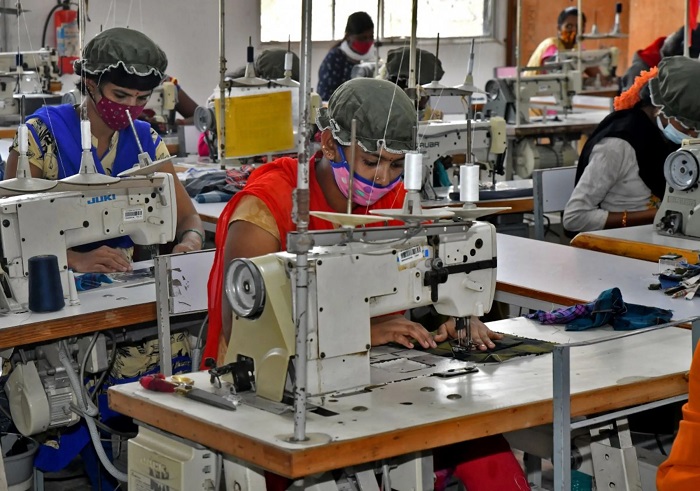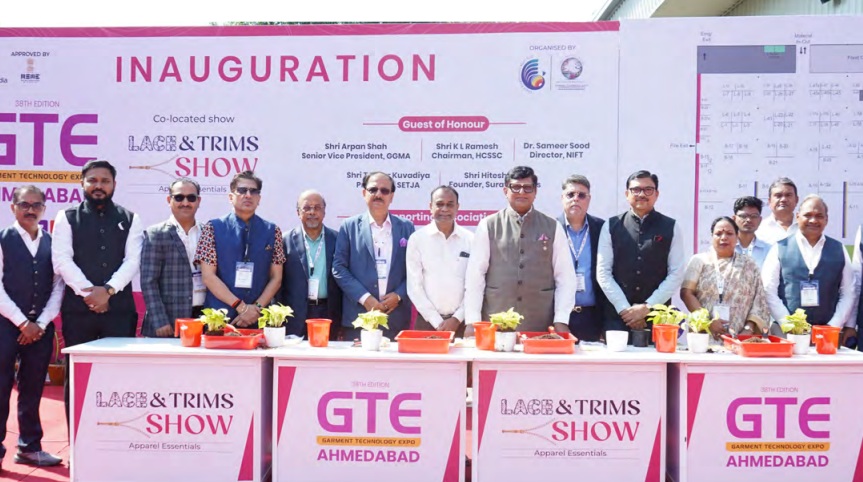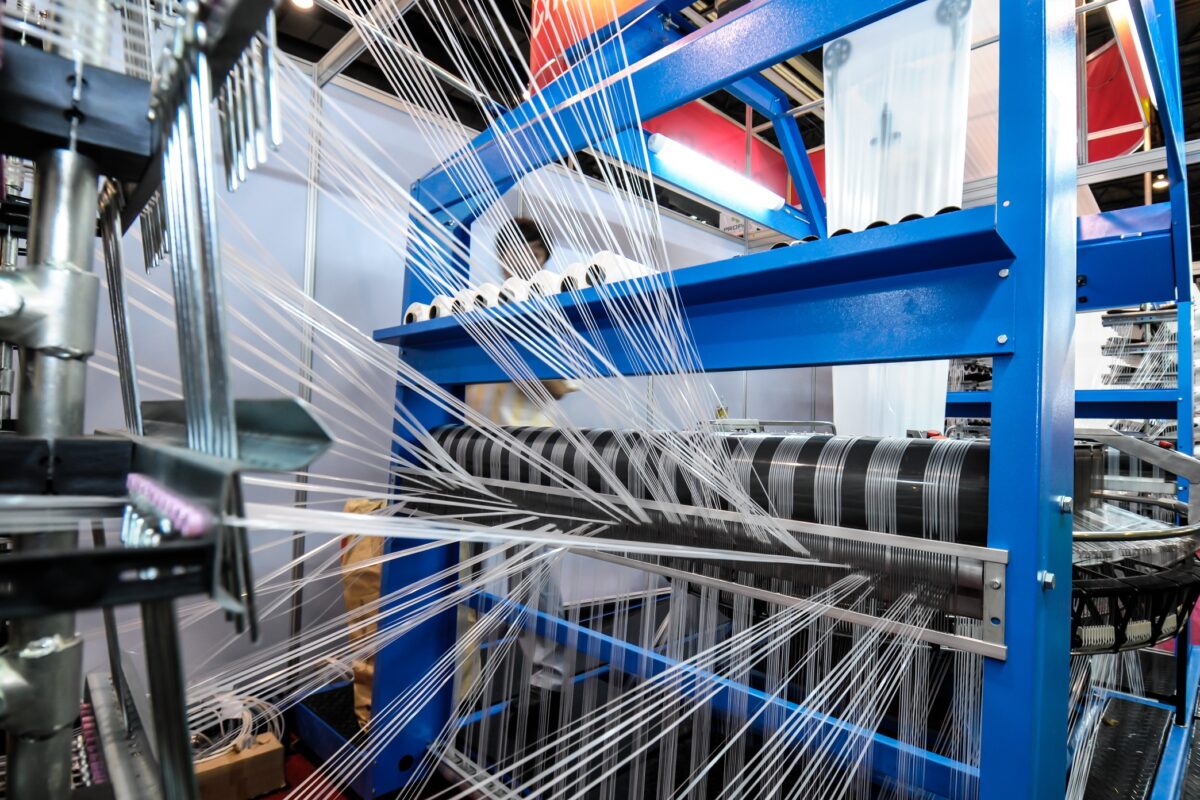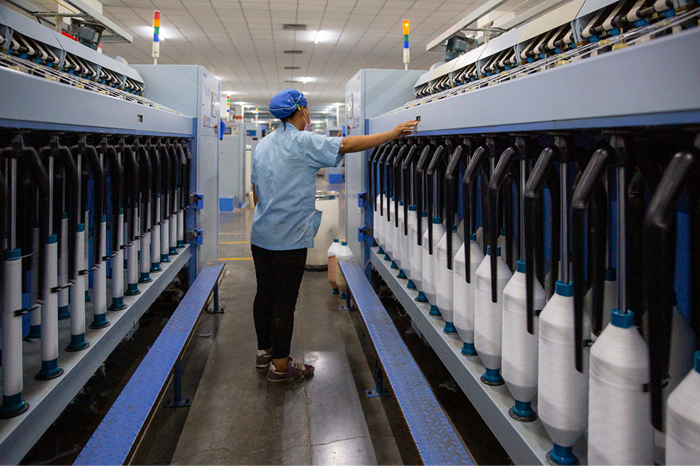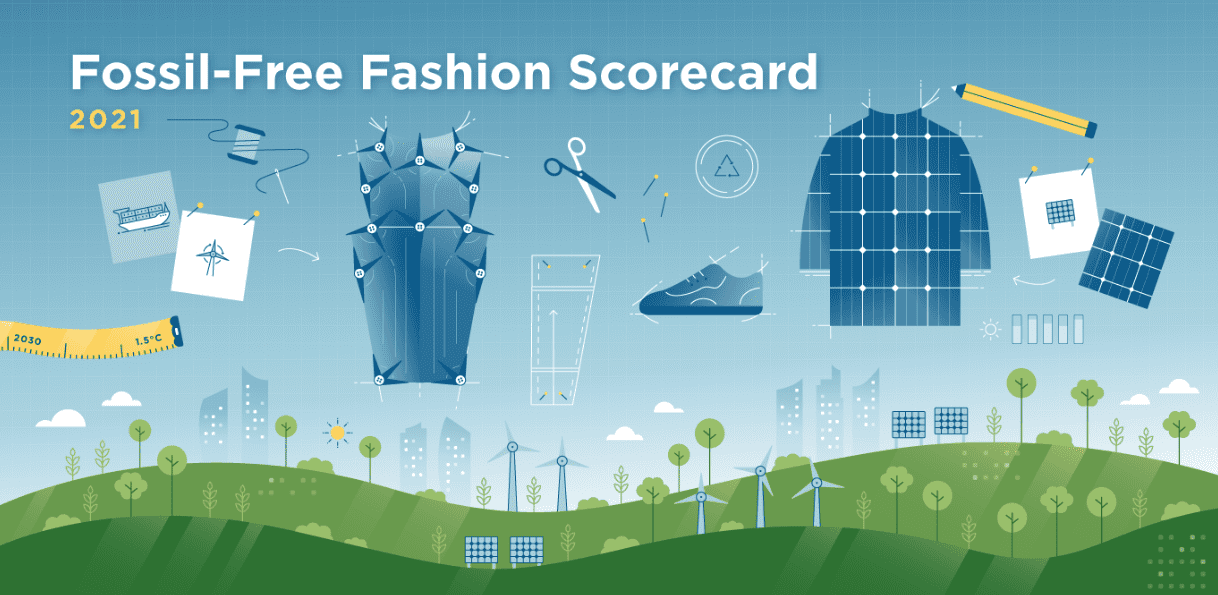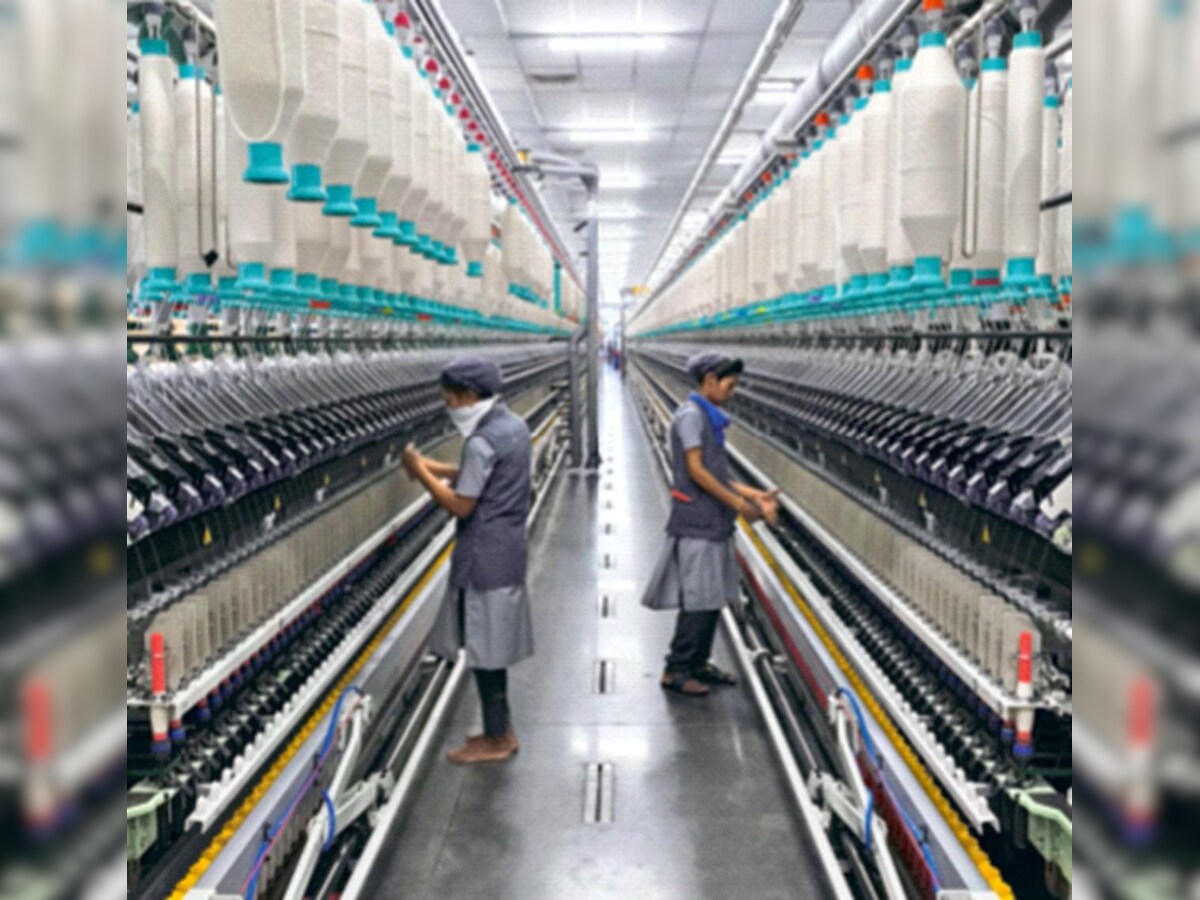The fashion industry, built on trends and textiles, is facing a stark reality: its environmental footprint is unsustainable. Hidden deep within its complex supply chains, specifically in the often-overlooked Tier II suppliers lies a significant source of carbon emissions. However, a recent McKinsey & Company report, ‘Sustainable Style: How Fashion Can Reduce Tier 2 Emissions’ offers a glimmer of hope, revealing that decarbonizing this crucial segment might be surprisingly affordable.
The hidden cost of fabric and finishing
Tier II suppliers, including fabric mills, dyeing facilities, and finishing plants, are responsible for 45 per cent to 75 per cent of a garment's total carbon emissions. This is where raw materials are transformed into usable textiles, a process that often involves energy-intensive processes powered by fossil fuels.
As experts point out, many brands focus on their direct suppliers, Tier I, which are the garment factories. But the real impact lies further upstream, in the Tier II, where the energy-intensive processes of fabric production and finishing take place. The report highlights the following:
Table: Carbon emission distribution in a typical garment supply chain
|
Supply chain tier |
Estimated carbon emission contribution |
|
Tier I (Garment Factories) |
25% - 55% |
|
Tier II (Fabric Mills, Dyeing, Finishing) |
45% - 75% |
|
Tier III+ (Raw Material Extraction, Agriculture) |
Variable, Significant |
The 1 per cent solution
The most striking finding of the McKinsey report is the feasibility of decarbonization. It suggests that implementing sustainable practices in Tier II, such as switching to renewable energy sources, improving energy efficiency, and adopting low-impact dyeing techniques, would translate to a mere 1 per cent increase in the Cost of Goods Sold (COGS) per item. "This is not a prohibitive cost," states the report. "It's a manageable investment that can lead to significant environmental benefits without drastically impacting consumer prices."
Indeed, the 1 per cent figure is encouraging however the report does acknowledge the challenges. The fragmented nature of the Tier II supplier base, with numerous small and medium-sized enterprises (SMEs), requires collaborative efforts from brands, suppliers, and policymakers. Access to financing, technological know-how, and standardized measurement methodologies are also crucial.
The report also highlights significant opportunities. Brands can leverage their purchasing power to incentivize suppliers, invest in capacity building, and establish transparent supply chain traceability. Governments can implement supportive policies, such as carbon pricing and renewable energy subsidies.
A collaborative approach
Experts say, this is not a problem that any single player can solve. It requires a collective effort, a systemic shift in the way we produce and consume fashion. Of course, the 1 per cent solution offers a tangible pathway towards a more sustainable fashion industry. By embracing collaborative partnerships, investing in innovative technologies, and prioritizing transparency, the industry can stitch together a future where style and sustainability go hand in hand. The report's findings are not just a call to action; they are a blueprint for a more responsible and resilient fashion ecosystem.

